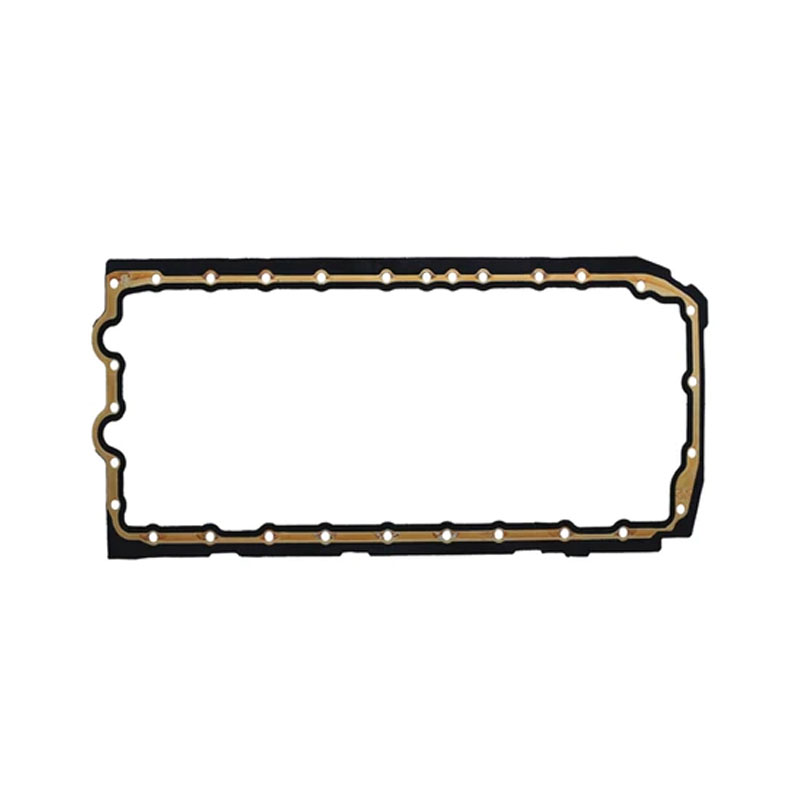front crank oil seal
Understanding Front Crank Oil Seals Importance and Maintenance
The front crank oil seal plays a crucial role in the overall functionality of an engine. This small, but vital component acts as a barrier between the crankshaft and the outside environment, preventing oil leaks and ensuring that the engine maintains optimal lubrication. In this article, we will delve into the significance of front crank oil seals, their common issues, and essential maintenance tips to prolong their lifespan.
What is a Front Crank Oil Seal?
Situated at the front of the engine, the front crank oil seal is designed to fit snugly around the crankshaft, which is responsible for converting the linear motion of the pistons into rotational motion. The seal is typically constructed from durable materials, such as rubber or polyurethane, which are capable of withstanding high temperatures and pressures. Its primary function is to prevent engine oil from leaking out, while also keeping contaminants and debris from entering the crankcase.
Importance of the Front Crank Oil Seal
The front crank oil seal is critical in maintaining the engine's performance. When functioning correctly, it ensures an adequate supply of engine oil to vital components, reducing friction and wear. This, in turn, enhances the engine's efficiency, prolonging its lifespan and optimizing fuel consumption. Conversely, a faulty oil seal can lead to oil leaks, decreasing oil levels and resulting in significant engine damage if left unaddressed. Therefore, regular inspection of the front crank oil seal is essential for vehicle maintenance.
Common Issues
Several factors can lead to the degradation of a front crank oil seal. Over time, exposure to heat and oil can cause the sealing material to harden, crack, or lose its elasticity. Furthermore, improper installation can lead to misalignment, resulting in premature wear. Another common issue is the presence of excessive crankshaft end play, which can cause additional stress on the seal. If you notice oil spots under your vehicle or a decrease in oil levels, it may be time to inspect the front crank oil seal for potential issues.
front crank oil seal

Maintenance Tips
1. Regular Inspections Periodically check for signs of oil leakage around the front crankshaft area. Early detection can save you from costly repairs.
2. Quality Replacement If replacement is necessary, choose high-quality oil seals from reputable manufacturers. Using inferior parts can compromise performance and durability.
3. Proper Installation If you are DIY-savvy, ensure proper installation of the new oil seal. Follow manufacturer guidelines meticulously to avoid alignment issues.
4. Monitor Engine Performance Keep an eye on your engine's performance. Unusual noises, decreased power, or oil pressure warning lights could indicate a problem with the oil seal or other engine components.
5. Routine Oil Changes Regular oil changes help reduce the buildup of contaminants that can wear down the oil seal more quickly. Always use the recommended oil type for your engine.
Conclusion
The front crank oil seal is a small yet indispensable part of your engine. Understanding its function and ensuring proper maintenance can significantly affect your vehicle's performance and longevity. By committing to regular inspections and timely replacements, you can help protect your engine from potential damage caused by oil leaks, ensuring a smoother and more efficient ride.
-
Understanding the Front Main Engine Seal: Purpose, Maintenance, and Installation
News Jul.29,2025
-
Understanding O-Rings and Seal Rings: Types, Applications, and Custom Solutions
News Jul.29,2025
-
Understanding Crankshaft Oil Seals: Rear Seals, Pulley Seals, and Their Role in Engine Integrity
News Jul.29,2025
-
The Importance of Front and Rear Crankshaft Seals in Engine Performance and Oil Management
News Jul.29,2025
-
Crank Oil Seals: Functions, Types, and Cost Considerations in Engine Maintenance
News Jul.29,2025
-
A Comprehensive Guide to O-Rings and Seals: Types, Materials, and Global Applications
News Jul.29,2025
-
Mastering Diesel and Performance Engine Maintenance: A Guide to Critical Oil Gaskets
News Jul.28,2025
Products categories















